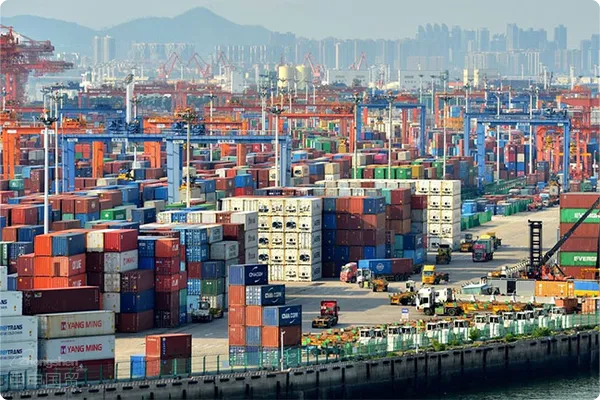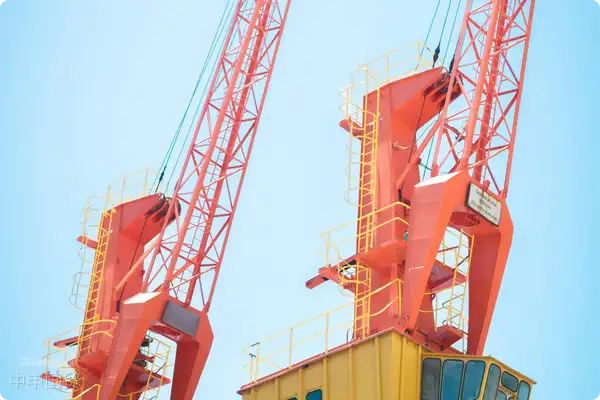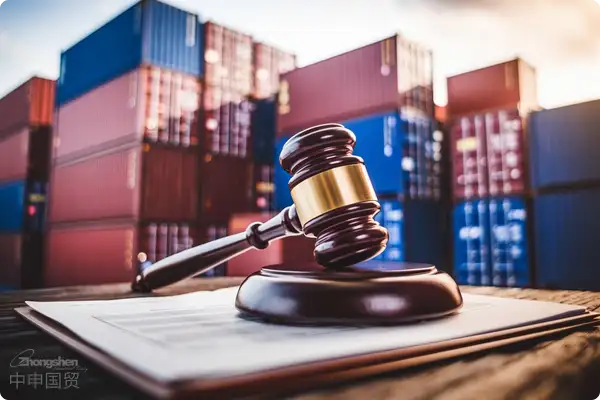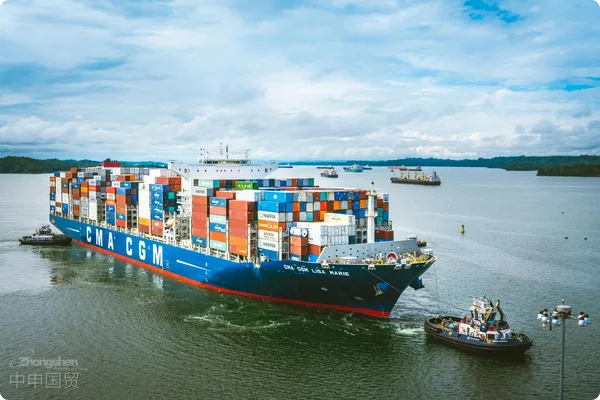- Shanghai Zhongshen International Trade Co., Ltd. - Two decades of trade agency expertise.
- Service Hotline: 139 1787 2118

The three core values of professional agency services
In the latest announcement issued by the General Administration of Customs in 2025Announcement No. 58Under the background,equipment. For example, Indonesia has the SNI certification, Thailand has the TISI certification, and the Philippines has the BPS certification. It is necessary to confirm in advance the equipment voltage (such as 380V/50Hz in Thailand), the compatibility of the CE certification, and the proof of environmentally friendly materials.Enterprises face three major challenges: the acceleration of the dynamic adjustment frequency of HS codes, the tightening of customs valuation standards, and the complication of the application of rules of origin. The value of professional agency services is reflected in:
- Risk prevention system
- Anticipate customs classification dispute points in advance
- Establish a commodity database to match declaration elements
- Cost - optimization solutions
- The accuracy of the application of free trade agreement tax rates has increased by 40%
- The approval rate of duty - free equipment filing has increased to 92%
- Time - effectiveness guarantee mechanism
- The response time for urgent customs clearance requirements is shortened to 2 hours
- The efficiency of handling inspection anomalies has increased by 60%
Disassembly of the whole process of customs clearance for imported equipment
Taking a semiconductor enterprises introduction of wafer inspection equipment worth $12 million as an example, the typical customs clearance process includes:
- Pre - preparation stage (3 - 5 working days)
- Translation and standardization processing of equipment technical parameters
- Preparation of documents explaining the functions and uses of non - standard parts
- Declaration implementation stage (1 - 3 working days)
- Multi - dimensional verification of the accuracy of HS codes
- Prepare declaration documents that meet the requirements of AEO certification
- Subsequent management stage (continuous tracking)
- Response plan for customs price queries
- Annual report on the use of duty - free equipment
Strategies for resolving customs price assessment disputes
According to the big data analysis of price - questioning cases by the General Administration of Customs in 2025, the main disputes over equipment - type commodities are concentrated in:
- The impact of special trading relationships on the determination of transaction prices
- Whether technical royalty fees are included in the dutiable value
- The rationality of cost allocation for equipment renovation and upgrading
The response strategies of professional agents include:
- EstablishThree - layer price certification system
- Equipment valuation report from a third - party institution
- Import price database for the same type of equipment
- Analysis of the correlation between technical parameters and prices
- ApplyCustoms pre - ruling mechanism
- Obtain written opinions on price determination in advance
- Establish a fast - track for dispute negotiation
Examples of handling typical risk scenarios
Case Study:A certain auto parts enterprise imported a welding robot. Incorrect classification of the sensor module led to:
- The declared tax rate difference reaches 8.3%
- Facing a fine risk of 30% of the cargo value
Disposal plan:
- Complete supplementary declaration within 72 hours
- Submit IEEE technical standard documents as evidence
- Apply for the active disclosure procedure
Finally achieve customs clearance with zero fines, and the reduction rate of late fees reaches 85%.
Key points for constructing a compliance management system
Recommended for enterprises to establishFour - in - oneImported equipment management mechanism:
- Dynamic management system for commodity information
- Core Parameter Change Record Module
- Declaration and Early Warning Function for Spare Parts Replacement
- Customs Risk Audit System
- Quarterly Compliance Self - inspection Mechanism
- Annual Customs Health Assessment Report
Through a systematic and standardized management structure, control the customs clearance error rate below 0.5% and ensure that the risks of the entire import business cycle are controllable.
Related Recommendations
? 2025. All Rights Reserved. Shanghai ICP No. 2023007705-2  PSB Record: Shanghai No.31011502009912
PSB Record: Shanghai No.31011502009912










